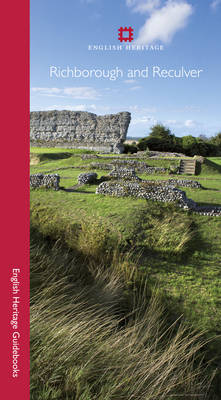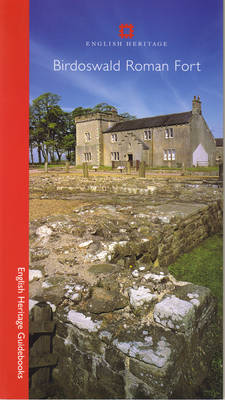English Heritage Guidebooks
2 total works
Although today Richborough and Reculver appear very different, both sites help to tell the story of the Roman occupation of Britain. Now an inland backwater, Richborough once overlooked the strategically important Wantsum sea channel, which divided the Isle of Thanet from Kent. In AD 43 the Roman Emperor Claudius's invasion fleet landed and established a fortified beachhead. It became a military supply base, and from this developed the port of Rutupiae with an ampitheatre and one of the biggest monumental arches in the Roman Empire: an official 'gateway to Britain'. The town thrived for nearly 200 years until attacks from Saxon and Frankish raiders prompted the building of a massive fort. A new Roman fort was also built at Reculver. Both were incorporated into the Saxon Shore - a chain of fortifications defending the coast. Together the two forts guarded either end of the Wantsum Channel. At the every end of the Roman occupation of Britain in the late fourth century, Richborough was the last British site to which Roman coins were supplied, and thousands have been found here.
The abandoned fort at Reculver took on a new identity as the setting fro an important Anglo-Saxon monastery, and the remains of the church still dominate the coastline today.
The abandoned fort at Reculver took on a new identity as the setting fro an important Anglo-Saxon monastery, and the remains of the church still dominate the coastline today.
At Birdoswald Roman Fort on Hadrian's Wall there are almost 2,000 years of history to discover - from the Romans right up to the present day. This new guide includes a tour and history of the archaeological site and surrounding landscape, plus full-colour maps, plans, eyewitness accounts and historic photographs.

